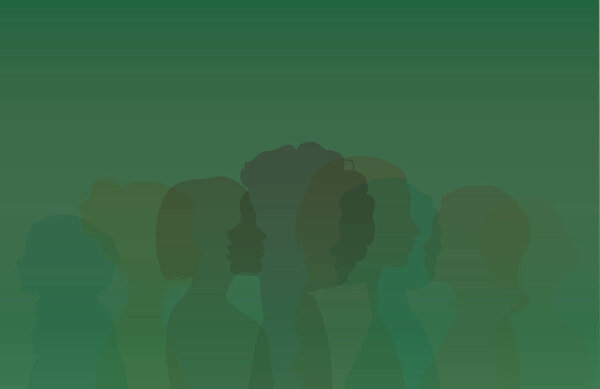
A conversation with Marilyn Dumont
The award-winning Cree/Métis writer and recent fellowship recipient speaks about creativity, activism and Canadian history
By Justine Gieni
I sat down with award-winning Cree/Métis writer Marilyn Dumont during her recent fellowship at the University of Saskatchewan. Dumont is the author of five poetry collections, including her most recent work, The Pemmican Eaters, which explores her familial connection with Gabriel Dumont, Louis Riel’s general in the 1885 Riel Rebellion.
Through an Aboriginal Fellowship from the Interdisciplinary Centre for Culture and Creativity, Dumont participated in events on campus and in the community. She shared her thoughts during a panel on gender and history in Indigenous literature alongside Louise Halfe and Priscilla Settee; performed her poetry at an evening reading with emerging poets Mika Lafond and Tennille Campbell; and delivered a writing workshop to students in the MFA in writing program.
Here’s our conversation.
What inspires your creativity?
MD: A lot of [my creativity] comes from an appreciation of just how resilient my ancestors were and really how brilliant they were to maintain important parts of our culture, like language. For me, a lot of inspiration comes from recalling the men and women in my life—their resistance, their resilience, their creativity, their innovations of keeping our culture alive even though Canada wasn’t really interested in it, nor really appreciated or celebrated it.
How does your identity as an Indigenous woman inform your creativity?
MD: Women have been very instrumental in sustaining our languages in the communities, which has often gone unrecognized. Everything from music, dance, oral storytelling, the visual arts—what I like to call heritage arts, instead of crafts—are vital in terms of sustaining the symbols that are deeply embedded in language. They have not always been recognized. It’s been seen as crafts or that little hobby done on the side. Keeping the symbolism is very key to wahkohtowin, this feeling of trying to do everything with some love and compassion for others.
In your poetry, you often write about people and events in Canada’s history. How does Canada’s history inform your writing?
MD: I’m not sure where Canada got this idea that our history is boring—compared to what? I don’t know, compared to the U.S. or compared to Europe, but our history is certainly not boring. It’s diverse and it’s a long history with some extremely interesting personalities throughout.
How does poetry offer a unique view of history, as opposed to say, reading a history book?
I think it reaches a different audience. Probably it is a bit disarming, particularly because of its form, where people don’t expect to learn about history in a poem, and perhaps from a woman’s point of view as a female poet. Canada’s history has mostly been told and understood from the settler point of view. There has to be other points of view. Not only the Indigenous one, but that’s an important one to the foundation of Canada as a nation and should definitely be part of the conversation; it should have been from the start but, of course, that’s not the way colonialism works.
Do you see your poetry as a challenge to colonialism?
MD: It challenges people’s understanding or perception of Canada as a nation and how it was formed. I think a lot of people think about nationalism as very benign and progressive, but if we really look at history, it’s not pretty. Nationalism requires some people to be oppressed. I always try to center the Indigenous individual or community as the focus and the center of the story as opposed to the periphery.
Then, do you see your poetry as inspiring activism or having an activist message?
MD: Well, I think it’s both. It’s a form of activism but hopefully inspires other people to write. I think movements like Idle No More really woke everybody up about Indigenous resilience. And our initiatives now to take language into our own hands, take decent housing into our hands—all of these kinds of initiatives across Canada are really blossoming. I think language is key to that and the whole idea of recognizing our history hasn’t really been told in this country. We have an opportunity to convey that history in a different way now.
Do you have any advice for aspiring or emerging writers?
MD: Just stay true to your own feelings and your own voice. It’s easy to say, but hard to do. When you feel like it’s something you’re afraid to say, I think that’s a pretty good indicator that it is very important to talk about and write about. When you feel that hesitance or being apprehensive about a certain subject, then that’s proof it probably needs to be examined


